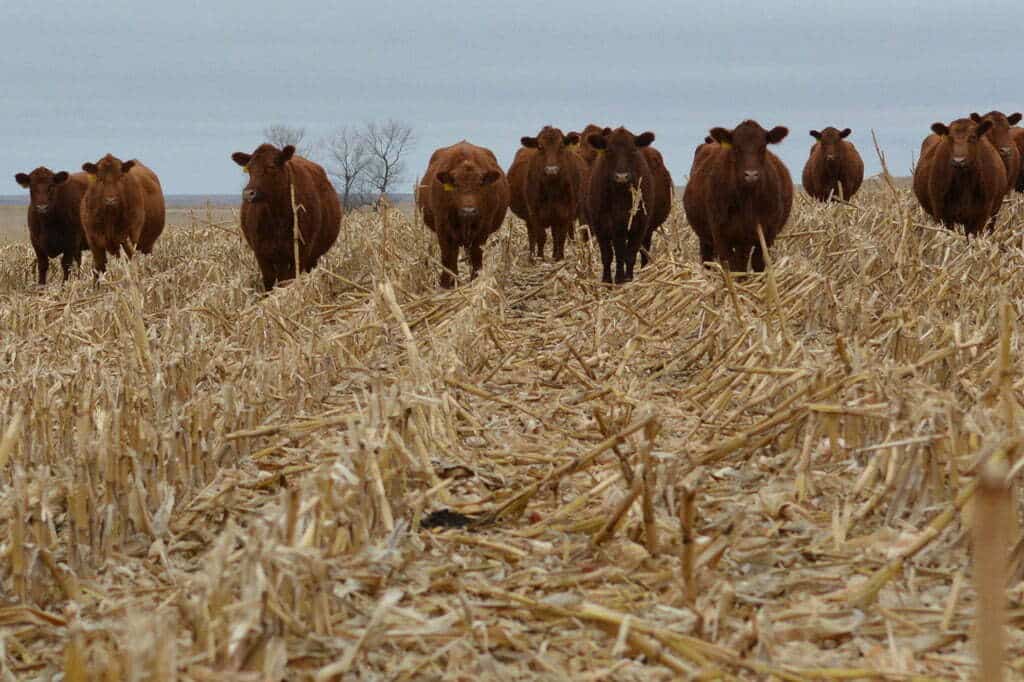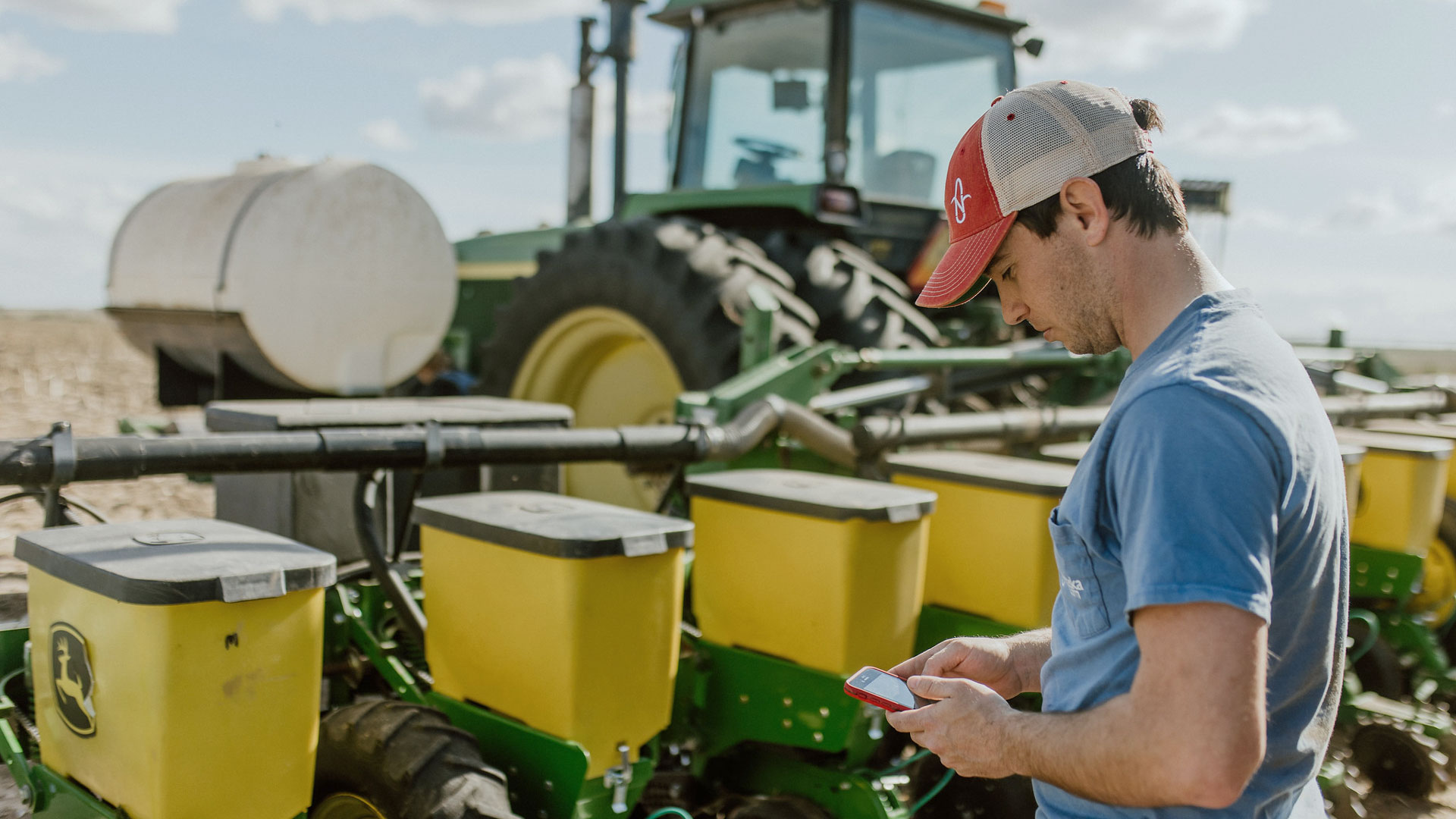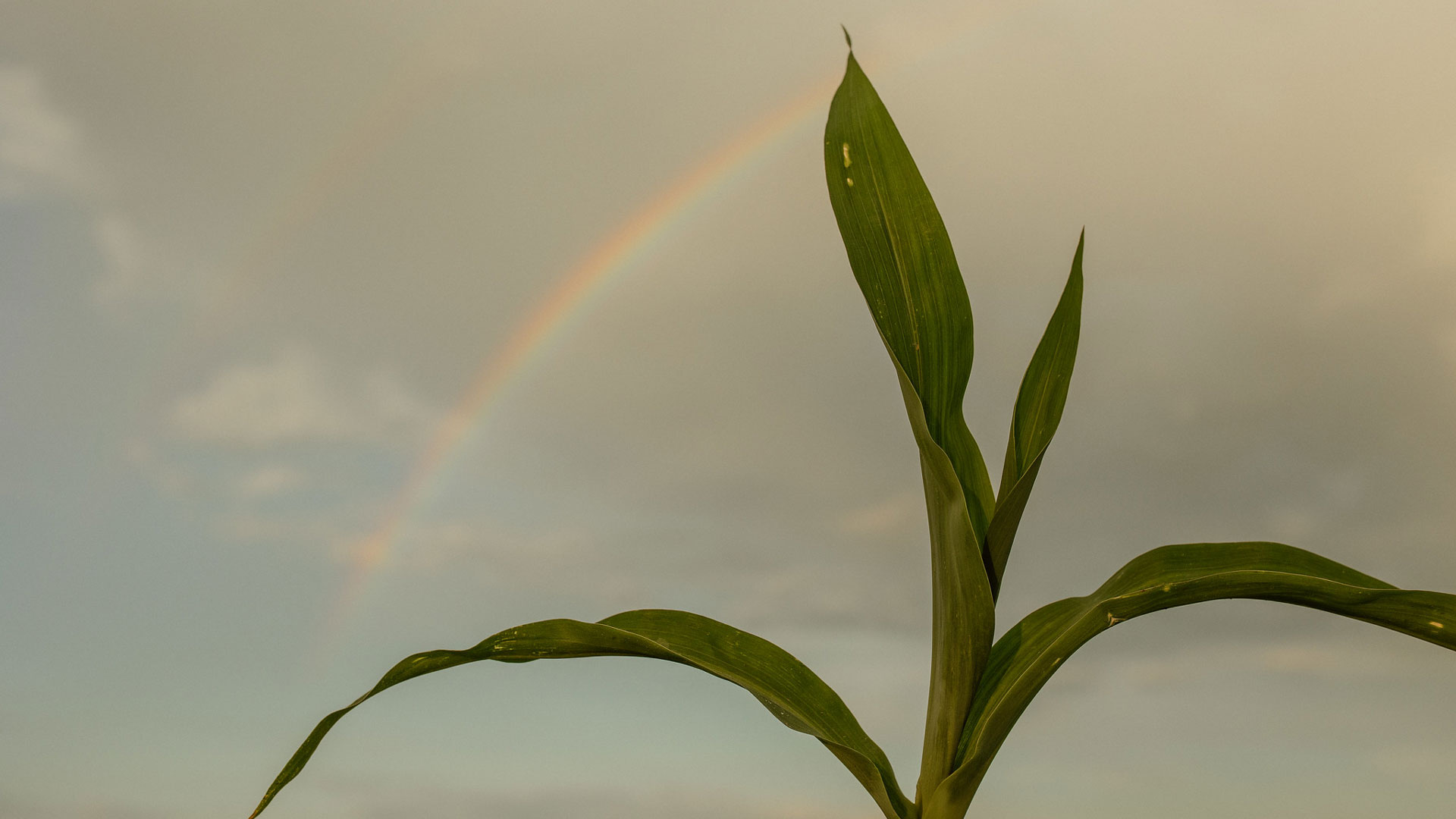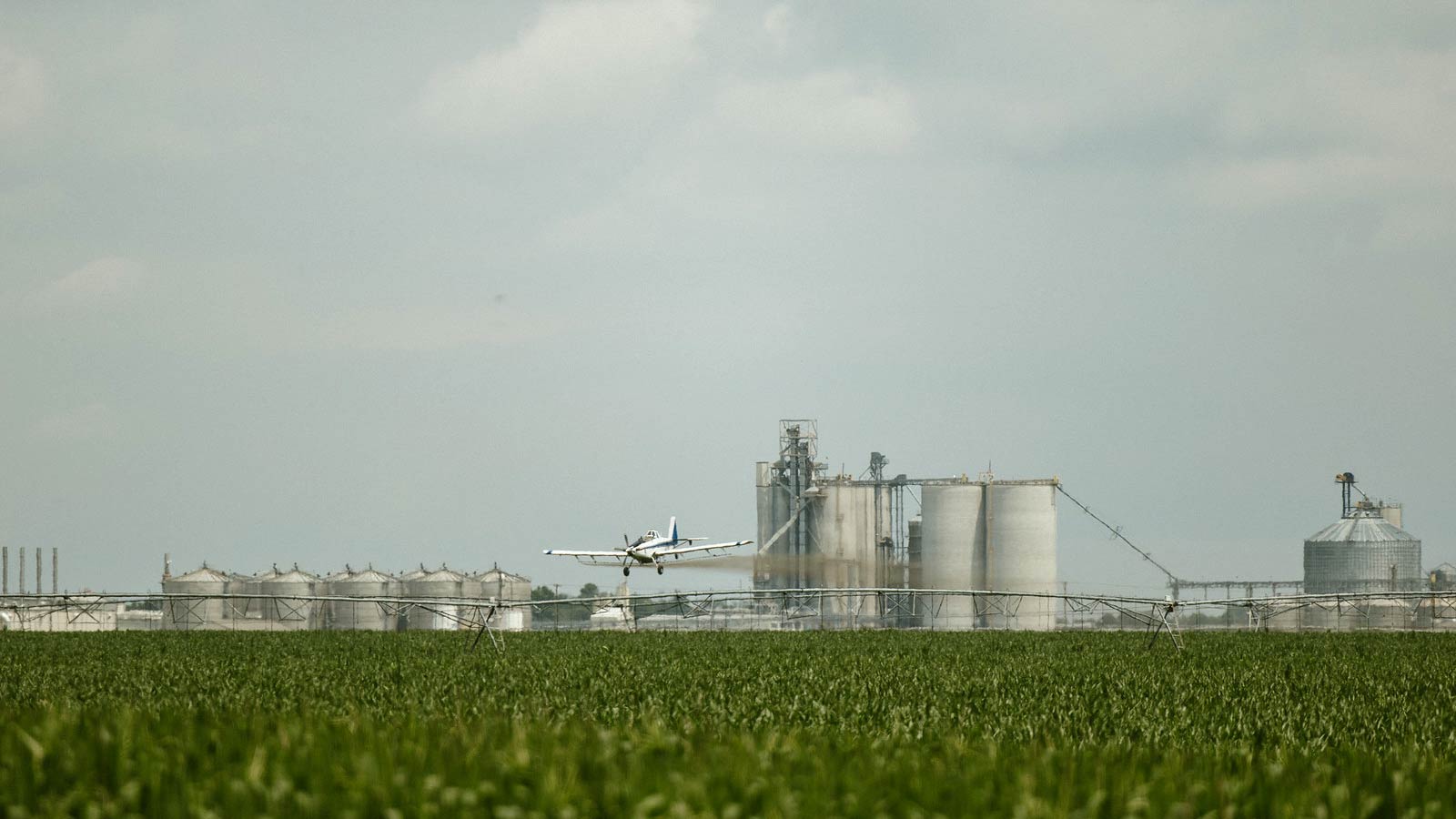From being used as a food source for Native Americans to being an integral part of many everyday products, corn’s use has evolved greatly over time.
The first record of corn being used as a food source comes from a group of Spanish explorers who noted that the Native Americans in the area were eating roasted ears of corn. The Native Americans would also grind the corn into a meal that could be used to make bread or porridge.
How the Industrial Revolution Revolutionized Farming
Because corn was cheap and plentiful, the Washington Post says it was mostly consumed by the poor, farmers and prisoners until the Industrial Revolution, which revolutionized corn farming.
This era brought farmers the steel plow, which helped plow larger areas of land in shorter periods of time. Farmers previously had to plant everything by hand, which was a tedious, time-consuming and inefficient process.
The steel plow increased the amount of land that could be planted with corn, and thus the overall production of the crop.
How Hybrid Varieties of Corn Impacted Farming
In the early 20th century, tractors began being widely used because of their efficiency and labor-saving abilities. And in the 1920s, scientists began to cross different types of corn to create new hybrids that were disease-resistant and had other desired traits, such as increased protein and nutrient qualities.
This process continued throughout the following decades, culminating in the development of modern corn hybrids that are grown today. These hybrids have helped to increase the overall yield and nutrients of corn, making it one of the most important crops in the world.
It’s estimated that the average corn production in the United States during the 1800s was between 30 and 40 million bushels per year. Today, corn farmers produce more than 15 billion bushels of corn annually. In Nebraska, our farmers produce more than 2 billion bushels of corn annually.
Why Corn Is So Important Today
Corn has come a long way from being a simple food source for Native Americans. Today, it’s one of the most important crops in the world, with a wide range of uses: biofuels, animal feed and human food. It’s in just about everything we eat, as well as many products we use every day.
Corn is a nutrient-dense food that offers a range of health benefits. It’s a good source of fiber and nutrients, including vitamin C, manganese, and magnesium. These nutrients can help boost the immune system, protect against cell damage and promote healthy skin and vision.
Let’s review some of the top products made from corn, and how they’ve changed over the years.
Food
Looking back before the Industrial Revolution, many people in the United States were farmers, growing their own food. They ate seasonal vegetables and fruits, meat, and grains. Bread was a big part of their diet too. Most people didn’t have access to things like sugar, coffee or tea. So they made do with what they had.
Today, we have access to many more types of food, and many of them contain corn. Here are just a few of them, which may surprise you:
- Baby food
- Baked goods
- Cereal
- Meats like ham, bacon and sausage
- Peanut butter
- Potato chips
- Salad dressings
- Sauces and spices
- Wine
It’s estimated that about 75 percent of all the processed food in the United States contains corn. So next time you’re grocery shopping, take a look at the ingredients list on some of the foods you’re buying. You might be surprised to find out how many of them contain corn.
Animal Feed

Before farm animals were predominantly fed corn, they consumed hay, grain and other plant-based materials. But as corn production increased, farmers began to use corn as cattle feed. It’s now the most commonly used feed in the United States.
Cattle, pigs, chickens and turkeys all eat field corn. In fact, about 40 percent of the crop grown in the United States is fed to livestock.
Field corn is often used for animal feed or to make products like ethanol, while sweet corn is the variety of corn eaten as a vegetable. Field corn is harvested when the kernels are dry, while sweet corn is harvested when the kernels are still soft. Field corn is ground into a fine powder, which makes it easier for animals to digest.
Biofuels
Before corn-based ethanol became popular, gas was made from oil. When the environmental impact of burning fossil fuels became more apparent, scientists began looking for alternatives. And in the 1970s, they came up with the idea of using corn to make fuel.
In the United States, about 15 billion gallons of corn-based ethanol are produced each year. Nebraska’s production accounts for more than 2 billion gallons annually.
Ethanol is the most common type of corn-based biofuel. It’s made by fermenting the sugar in corn to produce alcohol. The alcohol is then distilled to create a fuel that can be used in gas engines.
Biodiesel is another type of grain-based biofuel. It’s often made from oils in corn kernels. The oil is extracted and then combined with other chemicals to create a fuel that can be used in diesel engines.
Biofuels and gas prices go hand-in-hand. Biofuels are typically less expensive per gallon and are better for the environment because they burn more cleanly than gasoline. This results in fewer greenhouse gas emissions.
Corn-based biofuels are also renewable. Oil and gas are nonrenewable resources, which means that they will eventually run out. But as long as there’s corn, we can continue to produce biofuels.
Products We Use Every Day
The ingredients in everyday products have evolved over the years. For example, soap used to be made with animal fat but is now made with vegetable oil. And many products that used to be made with petroleum, like plastics and cosmetics, are now being made with corn.
Corn is in the products we use every day; from the clothes we wear to the medicine we take.
Here are some other common products you’ll find corn in:
- Crayons
- Detergent
- Paint
- Paper
- Toilet paper
- Vitamins
As you can see, corn is a big part of our lives, even if we don’t realize it. The next time you’re at the store, look around and see how many products contain corn. Chances are, you’ll be surprised.




